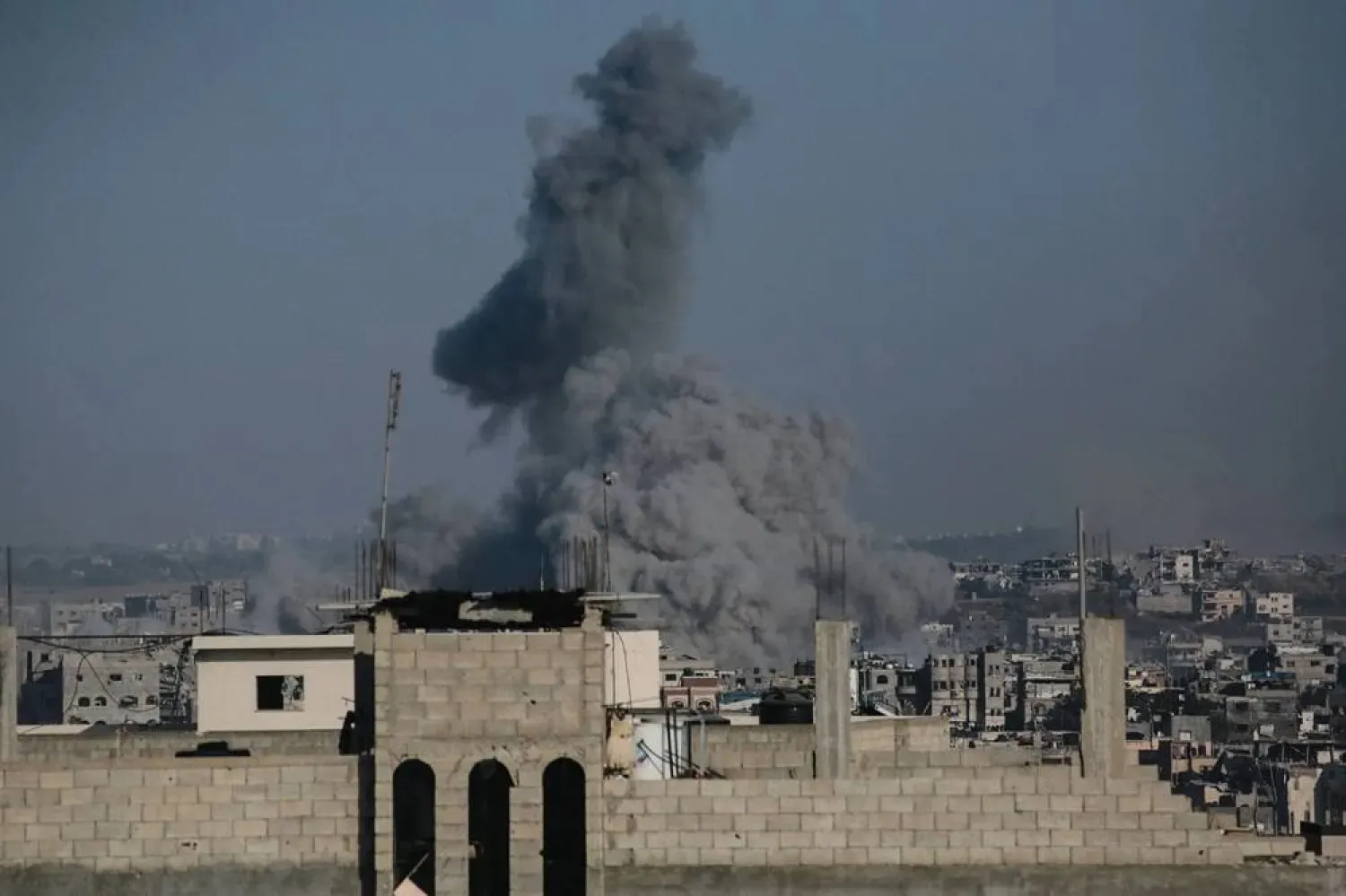Several factors in 2016 led to a sharp drop in the terrorist activity of Somalia’s al-Shabaab group. This can be credited to regional and international efforts that saw the organization lose the majority of the land it had seized since 2009. Internal disputes within the Shabaab and the defection of some of its members to ISIS also led to its weakness.
The African Union Mission in Somalia (AMISOM) demonstrated an ability to confront the group, especially after it received training and weapons from the United States, Britain and Europe. US airstrikes have also managed to target senior members of the organization.
Despite these losses however, the Shabaab, led by Ahmed Diriye Abou Obeida, have managed to adjust to the new reality and the current balance of power on the ground. It therefore still remains a threat to the Somali government and the fragile stability in each of Somalia, Kenya and Ethiopia. In addition, the Shabaab has started to adopt a new approach, guerrilla warfare, against the African Union and Somali government. A new intelligence body was formed in order to confront this strategy.
As part of its new policies, the Somali terrorist group is being more selective in choosing its targets. The second half of 2017 is witnessing a qualitative shift in the nature of the confrontation that the group is adopting. It is being more accurate in the nature of its targets and the timing of its attacks.
This was demonstrated in the October 15, 2017, Mogadishu attack that left 250 people dead in the worst such assault since 2007.
As part of its policy of centralized strikes and keeping the Somali capital under the “hell” of terrorism, the Shabaab launched an attack against the Nasa-Hablod 2 Hotel on October 28 that left 70 people dead, including some former lawmakers, a senior police officer, state officials and foreign figures. The police announced that the assault was carried out by a suicide bomber and gunmen, who attacked the hotel that is frequented by politicians due to its proximity to the presidential palace.
On October 14, the Shabaab carried out two bombings in Mogadishu, killing some 22 people and injuring several others.
The weak Somali government took urgent measures to confront this threat. On October 29, it sacked the chief of police and head of the national intelligence agency. This showed the extent in which the Shabaab were able to influence the internal Somali scene and the government’s security policy.
Given the above, one can conclude that the victories that the terrorist organization achieved recently are not connected only to destabilizing security and stability, but to the bitter defeats suffered by the army. This in turn created a real political crisis and problems for the government.
The confusion on the internal scene was demonstrated when the Shabaab managed to kill some 100 Somali special forces in an attack on the town of Breiry, which lies 60 kms west of Mogadishu. The attack led to the resignation of Defense Minister Abdirashid Abdullahi Mohamed and Chief of Staff General Ahmed Mohamed Jimale Irfid.
Moreover, and as part of its resurgence in Somalia, the Shabaab seized on August 4 the town of Lego, which lies 130 kms northwest of Mogadishu. This is a region that witnessed almost weekly bloody battles before it was captured by the terrorists, who killed 12 peacekeepers during very fierce confrontations.
The renewed Shabaab push prompted some 50 lawmakers last week to sign a petition, demanding the resignation of President Mohammed Abdullahi Farmajo. The government has meanwhile turned to bolstering regional and international cooperation to confront the terror group. Farmajo recently paid visits to each of Uganda, Ethiopia and Djibouti to that end.
Somali media on Thursday reported that Ethiopia had deployed more forces, some 1,000 heavily armed soldiers, in the Gedo province. A Somali official in the region said that the deployment was part of Somali-Ethiopian cooperation and a precursor to an imminent attack against Shabaab positions there.
Despite these official Somali efforts and international support, especially American strikes, we can say that the Shabaab has regained much of its power. Its long experience has enabled it to leave battles with African peacekeepers with lesser casualties.
Despite the smaller geographic area that the terror group has been controlling since 2016 and the return of many displaced Somalis back to their homes, divisions between clans, tribes and neighboring countries remain. The poor military armament and equipment of the African peacekeepers also works in the terrorists’ favor. These are all factors that the Shabaab is exploiting to transform Somalia into a real African base for Ayman al-Zawahiri’s organization. This will enable the group to recruit fighters loyal to ISIS.
The new Shabaab policy does not pose a threat to Somalia alone, but it goes beyond the borders to target the stability of the Horn of Africa, Yemen and the Arab Gulf. This therefore demands that regional and international forces offer more support to the Somali government and ensure their own trade and economic interests in the region.
*Khaled Yamout is a visiting political science professor at Mohammed V University in Rabat.







